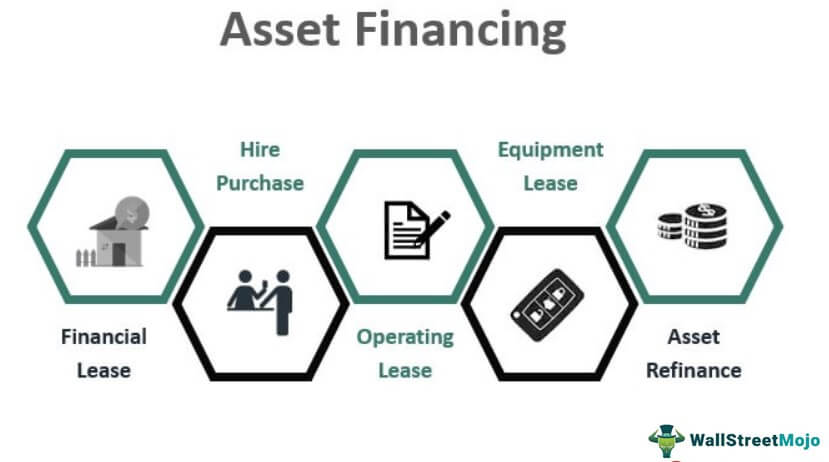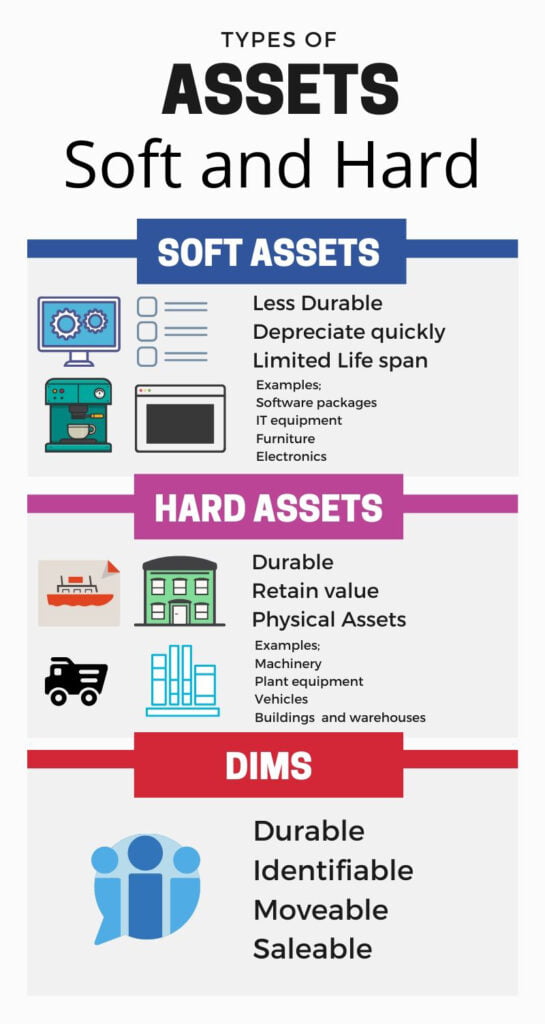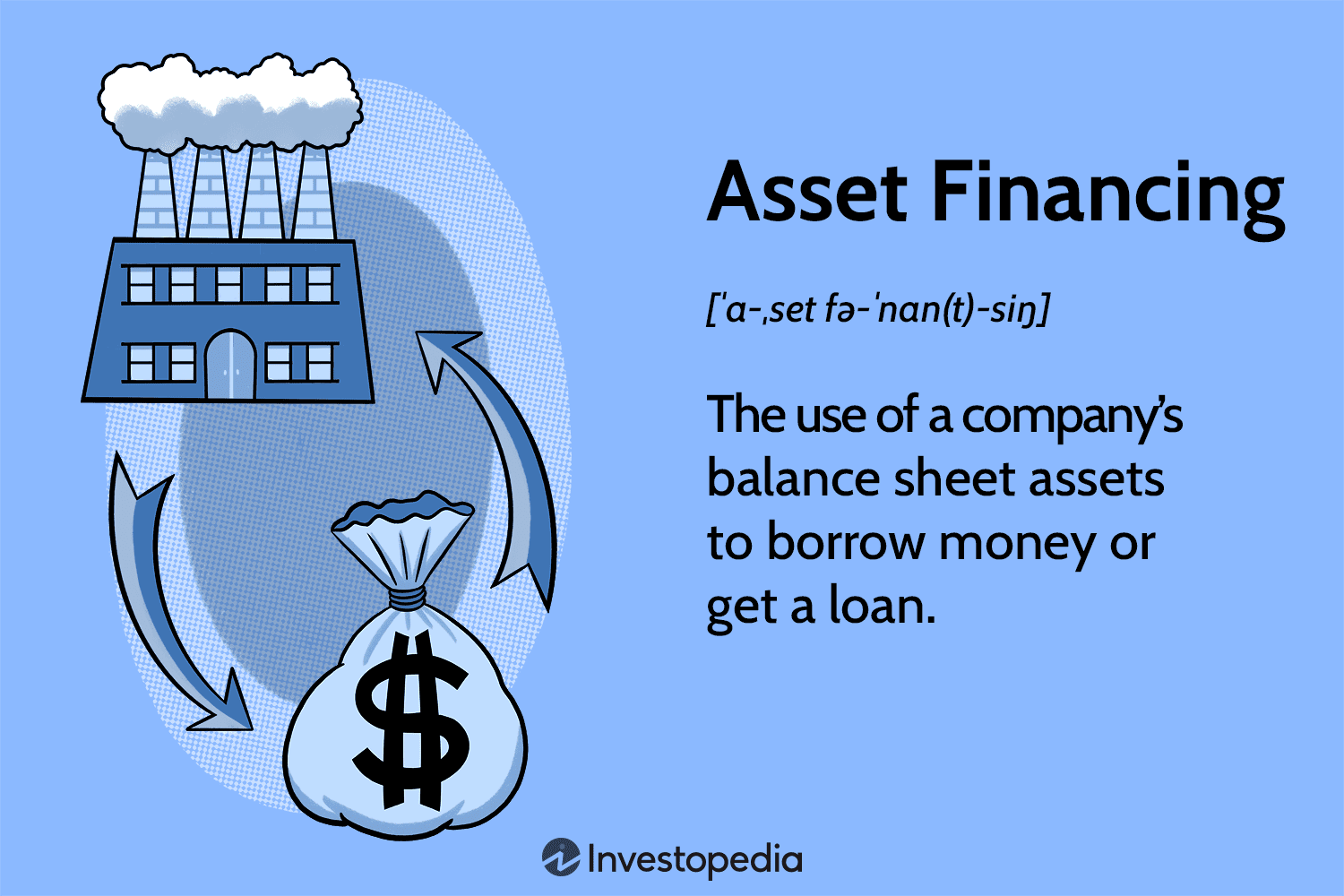Warning: Undefined array key 0 in /home/u117450413/domains/smartblog91.com/public_html/wp-content/plugins/seo-image-optimizer/options/option-panel.php on line 141
Deprecated: pathinfo(): Passing null to parameter #1 ($path) of type string is deprecated in /home/u117450413/domains/smartblog91.com/public_html/wp-content/plugins/seo-image-optimizer/options/option-panel.php on line 141
Warning: Undefined array key 0 in /home/u117450413/domains/smartblog91.com/public_html/wp-content/plugins/seo-image-optimizer/options/option-panel.php on line 141
Deprecated: pathinfo(): Passing null to parameter #1 ($path) of type string is deprecated in /home/u117450413/domains/smartblog91.com/public_html/wp-content/plugins/seo-image-optimizer/options/option-panel.php on line 141
Warning: Undefined array key 0 in /home/u117450413/domains/smartblog91.com/public_html/wp-content/plugins/seo-image-optimizer/options/option-panel.php on line 141
Deprecated: pathinfo(): Passing null to parameter #1 ($path) of type string is deprecated in /home/u117450413/domains/smartblog91.com/public_html/wp-content/plugins/seo-image-optimizer/options/option-panel.php on line 141
Warning: Undefined array key 0 in /home/u117450413/domains/smartblog91.com/public_html/wp-content/plugins/seo-image-optimizer/options/option-panel.php on line 141
Deprecated: pathinfo(): Passing null to parameter #1 ($path) of type string is deprecated in /home/u117450413/domains/smartblog91.com/public_html/wp-content/plugins/seo-image-optimizer/options/option-panel.php on line 141
Warning: Undefined array key 0 in /home/u117450413/domains/smartblog91.com/public_html/wp-content/plugins/seo-image-optimizer/options/option-panel.php on line 141
Deprecated: pathinfo(): Passing null to parameter #1 ($path) of type string is deprecated in /home/u117450413/domains/smartblog91.com/public_html/wp-content/plugins/seo-image-optimizer/options/option-panel.php on line 141
Introduction
Asset finance is a type of financing that allows businesses to acquire assets such as machinery, equipment, and vehicles without having to pay the full amount upfront. Instead, the business pays for the asset over a period of time, usually through monthly payments. In this blog post, we will explore the different types of asset finance, the benefits of asset finance, and how to choose the right asset finance option for your business.
Table of Contents
Types of Asset Finance
There are several types of asset finance, including:
Hire Purchase
Hire purchase is a type of asset finance where the business pays for the asset in instalments over a fixed period of time. Once all the payments have been made, the business owns the asset outright.

Finance Lease
A finance lease is a type of asset finance where the business leases the asset for a fixed period of time. At the end of the lease period, the business can either return the asset or purchase it for a pre-agreed price.
Operating Lease
An operating lease is similar to a finance lease, but the lease period is usually shorter. At the end of the lease period, the business can return the asset or lease a new one.
Asset Refinance
Asset refinance is a type of asset finance where the business uses an existing asset as collateral to secure a loan. The loan can then be used to purchase new assets or for other business purposes.
Benefits of Asset Finance
There are several benefits of asset finance, including:
- Cash flow management: Asset finance allows businesses to acquire assets without having to pay the full amount upfront, which can help with cash flow management.
- Tax benefits: Depending on the type of asset finance, businesses may be able to claim tax deductions on the payments.
- Flexibility: Asset finance can be tailored to suit the needs of the business, with options such as hire purchase, finance lease, and operating lease.
- Up-to-date equipment: Asset finance allows businesses to acquire up-to-date equipment without having to pay the full amount upfront.
what are the eligibility criteria for asset finance
Eligibility criteria for asset finance can vary between lenders, but there are some general requirements and factors to consider when applying for asset finance. These include:
- Age: Applicants must be aged 18 or older.
- Business type: Some lenders may only consider businesses of a certain size or type, such as SMEs or established businesses.
- Trading history: Some lenders might require a minimum trading history or turnover, while others may not consider businesses with poor credit.
- Loan size: The loan size may vary depending on the lender and the applicant’s needs. Some lenders offer loans ranging from £10,000 to £10 million, with no maximum limit.
- Term: The term of the loan, or the duration of the lease, can vary depending on the lender and the applicant’s needs. Some lenders offer terms ranging from 1 to 10 years.
- Security: Some lenders may require acceptable security, such as existing business assets or personal assets, to secure the loan.
- Credit score: Applicants’ credit scores may affect their eligibility for asset finance. Some lenders may have specific requirements regarding credit scores.
It’s essential to check each lender’s acceptance criteria, as many will only allow limited companies to apply[5]. Additionally, it’s crucial to understand the different types of asset finance and the specific requirements for each type, such as hire purchase, finance lease, operating lease, and asset refinance.

Choosing the Right Asset Finance Option
When choosing an asset finance option, businesses should consider factors such as:
- The type of asset being financed
- The length of time the asset will be used
- The business’s cash flow
- The tax implications of the finance option
Frequently Asked Questions about Asset Finance
1. What is asset finance?
Asset finance is a type of financing that allows businesses to acquire assets such as machinery, equipment, and vehicles without having to pay the full amount upfront. Instead, the business pays for the asset over a period of time, usually through monthly payments.
2. What are the different types of asset finance?
There are several types of asset finance, including hire purchase, finance lease, operating lease, and asset refinance.
3. What are the benefits of asset finance?
Some benefits of asset finance include cash flow management, tax benefits, flexibility, and the ability to acquire up-to-date equipment.
4. How can I choose the right asset finance option for my business?
When choosing an asset finance option, consider factors such as the type of asset being financed, the length of time the asset will be used, the business’s cash flow, and the tax implications of the finance option.
5. What are the networking events and resources available in the asset finance community?
There are various networking events and resources available in the asset finance community, such as the AFPA Summer Drinks Networking Event, which brings together professionals from diverse backgrounds within the asset finance and leasing sector. Additionally, websites like Lendscape provide articles and insights on asset finance trends and developments
Conclusion
Asset finance can be a useful tool for businesses looking to acquire assets without having to pay the full amount upfront. By understanding the different types of asset finance, the benefits of asset finance, and how to choose the right asset finance option, businesses can make informed decisions about their financing needs.






helloI really like your writing so a lot share we keep up a correspondence extra approximately your post on AOL I need an expert in this house to unravel my problem May be that is you Taking a look ahead to see you